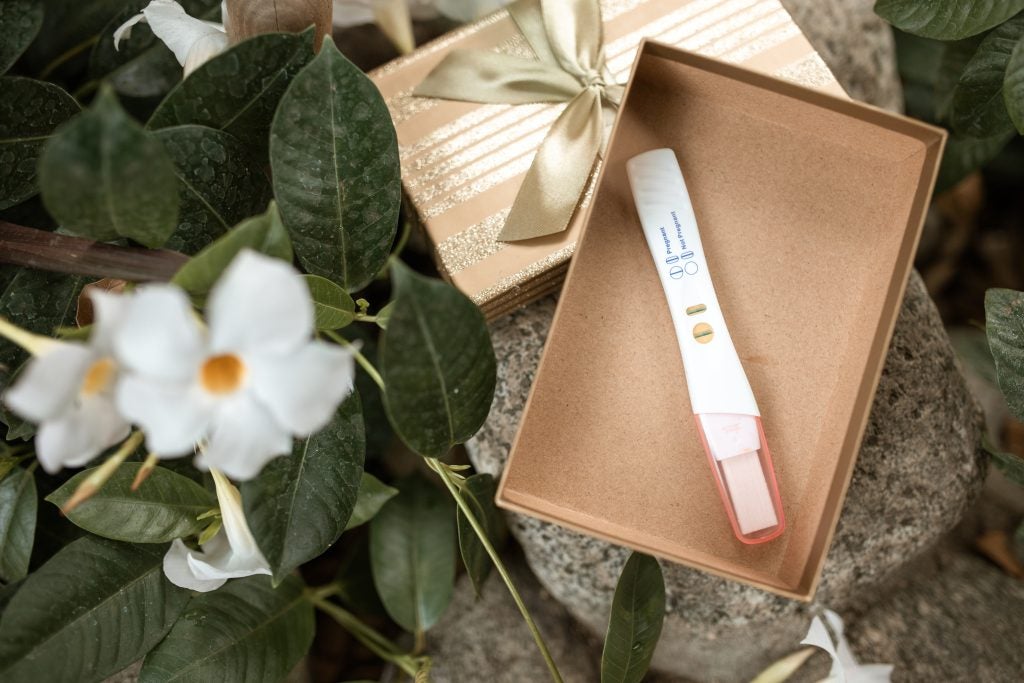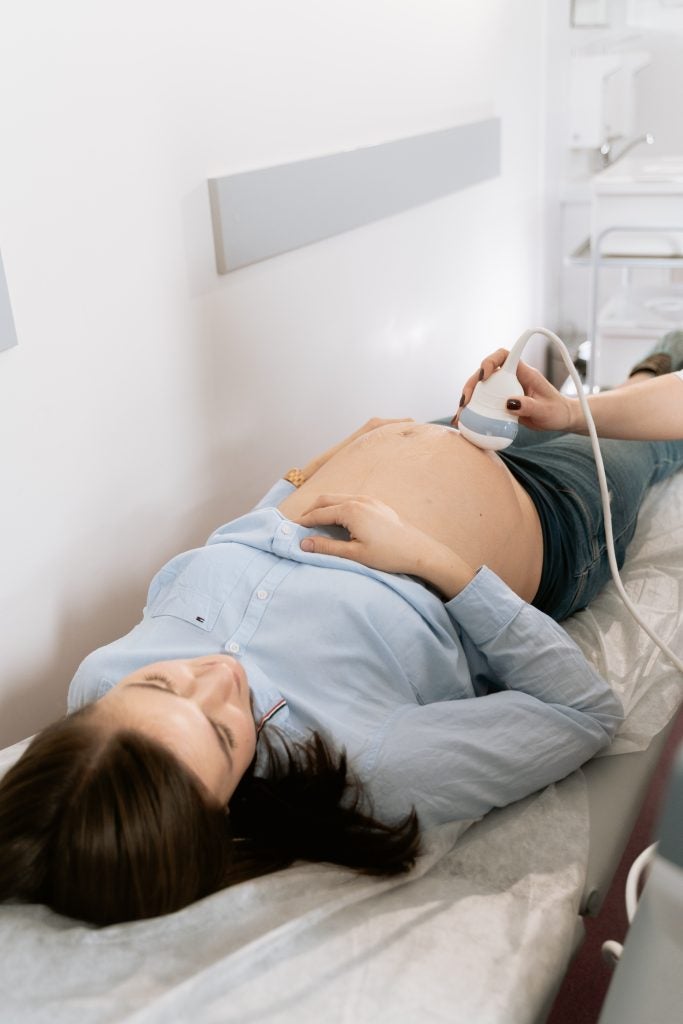
Pregnancy is a significant event for many people, whether the news of expectancy warrants excitement or worry. In any case, pregnancies are life changing for the parents. Therefore, it is important to obtain accurate pregnancy test results as soon as possible. Common signs of pregnancy include missed periods, fatigue, nausea, morning sickness, frequent urination, acid indigestion, and breast tenderness. However, missing a period or displaying any of these symptoms does not always indicate pregnancy.
If you believe that you or someone you know might be pregnant, you can either buy a home pregnancy test from a local drug store or family planning clinic or undergo urinalysis at a doctor’s office or health clinic.
Table of Contents
Home Pregnancy Tests

You can buy home pregnancy tests from a drugstore, grocery store, or online. Their price ranges from $8-$20 depending on the brand and number of tests included inside the kit. With most tests, the woman places the end of the stick in her urine stream or immerses the stick in a container of her urine for five to 10 seconds. A few minutes later, the stick reveals the test result, often as a plus or minus sign, as single or multiple lines, a color change, or the words “pregnant” or “not pregnant” on a strip or screen.
Keep in mind that instructions will vary from kit to kit. Read the instructions carefully before beginning the test. If there are any questions about how to take the test or interpret the results, do not hesitate to contact the manufacturer. Look for a toll-free number or the manufacturer’s web address in the package instructions or on the side of the box.
How It Works
Shortly after a fertilized egg attaches to the uterine lining (implantation), the hormone human chorionic gonadotropin (HCG) begins production in the placenta and enters the bloodstream and urine. HCG is important because it initiates the secretion of the hormone progesterone during the first trimester. Progesterone enriches the uterus with a thick lining of blood vessels and capillaries so that it can sustain the growing fetus. During early pregnancy, the levels of HCG in the blood increase rapidly, sometimes doubling every two to three days. Many home pregnancy tests can reliably detect this hormone in a woman’s urine one week after a missed period and uses HCG as the marker to gauge whether or not a woman is pregnant.
Blood tests and the most sensitive urine tests can detect HCG shortly after implantation, which can occur anywhere from eight to ten days after ovulation. Levels of HCG continue to rise for the first 20 weeks of pregnancy, so the chance of false test results decreases as time passes.1 This means that a few days and even up to a week before a missed period, some home pregnancy tests may not give the most precise results.
Effectively Taking a Home Pregnancy Test
The home pregnancy test will come with instructions that should be followed very carefully to obtain the most accurate results. The most common home pregnancy tests will either come with a urine collection cup and stick that you dip into the urine or a test strip that you hold in your stream of urine for several seconds. All kits will inform you of the amount of time to wait before reading the results.
Follow these methods to obtain the best results: Test first thing in the morning. Insert the stick into the urine midstream, lay it flat, and give it a few minutes to process the results of the test. If the test turns out to be positive, there is a 97% chance of pregnancy. If it turns out negative and menstruation is still absent the female may want to test herself again in a few days. If there is any disbelief or confusion over positive results, chances are the female is indeed pregnant. False positives (where the test says that a woman is pregnant, but the woman actually is not) are very rare. It is recommended to wait a day or two and test again.
How Accurate are the Tests?
Accurate and early detection is crucial so that a woman can begin properly planning for prenatal care or can decide to terminate the pregnancy. Home pregnancy tests have a 97% accuracy rate if used properly, but there are a variety of factors that determine accuracy.

It is possible to have a false-positive result, which means that the tester is not pregnant but the test comes out positive. This can happen due to the presence of certain drugs or proteins in the presence of blood within the urine. It is also possible to have a false-negative result, which means that the tester is pregnant but the test says otherwise. This can be caused by a variety of reasons: taking the test too early in the pregnancy or testing urine diluted from drinking a lot of fluids. False results are why it is highly recommended to retest oneself a week later or to obtain a blood test at a doctor’s office or clinic, which will provide more accurate results.
Not all brands are equally accurate. Some claim in their advertisements to have greater than 99% accuracy on the first day of a missed period. Research suggests, however, that some home pregnancy tests do not consistently detect pregnancy this early. Home pregnancy tests are considered reliable when used according to package instructions one week after a missed period. A study conducted by the American Pharmacists Association tested seven over-the-counter home pregnancy tests to determine at what HCG levels each test would detect a pregnancy. The research concluded that First Response Early Result® consistently detected hormone levels as low as 6.3 mlU/mL of HCG. This means that First Response Early Result is one of the most sensitive tests to HCG and therefore will provide the most accurate results.2
Advancements in Pregnancy Tests
ClearBlue Advanced Pregnancy Test® is the only pregnancy test currently on the market that not only detects pregnancy but also estimates the amount of weeks into pregnancy. Using two separate testing strips, the Weeks Estimator estimates how many weeks since ovulation it has been (1-2 weeks, 2-3 weeks, 3+ weeks). An optical reader inside the test stick measures the results lines and provides/displays a simple, digital readout in words and numbers. If the test is positive, ‘Pregnant’ is clearly indicated in words on the display along with an estimate of the number of weeks that have passed since ovulation (1-2, 2-3 or 3+). The ClearBlue Advanced Pregnancy Test® has been available in Europe since 2008 and has recently been released globally. It is still very affordable for a home pregnancy test, costing less than $20 at most convenience stores or online.
One Last Word

It is important to remember that no home pregnancy test guarantees 100% accuracy in its results. It is wise to wait a sufficient amount of time (about one week) after a missed period to take a home pregnancy test. It is also recommended to repeat the test in case of a false positive or false negative. If a woman obtains positive results (meaning she is pregnant) then it is recommended that she visit a doctor’s office or clinic to obtain a laboratory test with more accurate results.
References
1. Wilcox AJ, Baird DD, Weinberg CR (1999). “Time of implantation of the conceptus and loss of pregnancy”. New England Journal of Medicine.
2. Cole, Laurence, Jaime Sutton-Riley, Sarah Khanlian, Marianna Borkovskaya, and Brittany Rayburn. “Sensitivity of Over-the-Counter Pregnancy Tests: Comparison of Utility and Marketing Messages.” Journal of the American Pharmacists Association 45.5 (2005): 608-15. Print.
Last Updated 16 October 2014.
